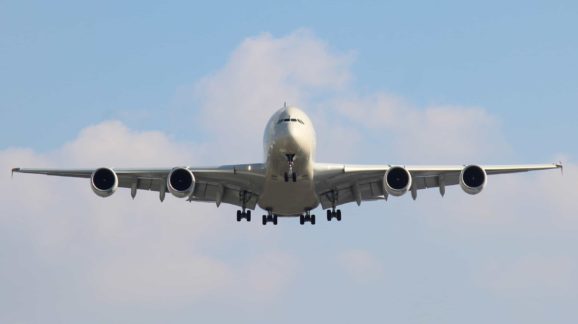The deregulation maverick

Photo Credit: Getty
A deregulation wave occurred in the American economic landscape in the late 1970s, particularly in the utility and airlines sectors. This shift was driven by innovative approaches, from deregulation to liberalization, and market dynamics that reshaped entire industries. The 1970s became a pivotal time for deregulation due to several factors including high inflation combined with slow economic growth known as stagflation and the oil crisis, which pressured the government to find new solutions to stimulate the economy and reduce consumer prices.
Notably, figures like Sen. Edward Kennedy (D-MA) among the Democrats saw deregulation as a means to lower consumer prices and challenge entrenched business interests, while Republicans viewed it as aligning with free market principles. Additionally, the Vietnam War and Watergate scandal produced public distrust of the government, making deregulation even more appealing.
The electricity sector was a clear example of the inefficiencies of heavy-handed regulation and the first sector where a maverick started implementing his deregulatory vision. To make this vision possible, a plan was developed to reform utility structures using marginal-cost pricing to reflect the actual cost of producing an additional unit of electricity. It also incorporated time-variance based on demand, meaning prices would fluctuate based on peak and off-peak demand. As prices would vary, electricity consumption became more efficient and reduced the need for new power plants.
Marginal-cost pricing significantly influenced regulatory approaches and market decisions in the energy sector. The reform also addressed unfair cost subsidies among consumers, creating a more equitable system. However, its implementation varied across different jurisdictions and often fell short of the full dynamic pricing envisioned by proponents of deregulation.
The airline industry, once a tightly controlled cartel, also underwent a dramatic overhaul. For nearly four decades, no new airlines were certified, stifling competition and innovation. Airlines had to obtain certificates from the Civil Aeronautics Board (CAB) for each route, preventing them from choosing which cities to serve or adjusting their routes based on market demand, which left many communities without airline services.
The CAB rarely approved new routes or carriers, and often forced airlines to maintain unprofitable routes to smaller cities as a condition of keeping their more lucrative routes, leading to an inefficient allocation of resources and higher overall costs. This misallocation of resources and regulatory-induced inefficiency hurt consumers through higher fares, exacerbating the negative impacts of the industry’s rigid structure. By the 1970’s, changes were clearly needed and our deregulation maverick set about implementing them.
Enacted in 1978, the Airline Deregulation Act was the vision of our maverick. It dismantled the airline industry’s rigid system, ushering in a new era of competition and efficiency. The law introduced route liberalization and fare flexibility, allowing airlines to set their own prices and ending the era of government-controlled fares. It made market entry easier and restructured the CAB to focus on economic efficiency rather than legal procedures. The results were remarkable: average load factors, the percentage of seats filled on flights, soared from 52 percent before deregulation to more than 70 percent in recent years. This increase in efficiency directly benefited consumers, with travelers saving an estimated $19 billion annually due to increased price competition and a wider array of discount options.
The architect of these groundbreaking changes and the aforementioned maverick was a man named Alfred E. Kahn. Kahn became known as the “Father of Airline Deregulation.” An academic for most of his life and an economist by trade, Kahn was appointed chairman of the CAB in 1977, and he immediately set to work on deregulating the airline industry. Kahn understood the importance of clear communication, explaining complex economic concepts in simple English to make policies understandable to a wider audience. One of the maverick’s famous quotes to explain inflation was, “Inflation occurs when everyone is trying to take a piece of the pie, but there isn’t enough pie to go around.” This education-focused approach was central to the strategy, with economic principles explained to stakeholders in a way that converted critics and supporters.
Under Kahn, the CAB changed its hiring strategy, bringing in more economists instead of lawyers to focus on economic solutions rather than legal intricacies. Transparency was another cornerstone of the approach. Public meetings were utilized not just to inform, but also to educate both the decision-makers and the public. This open and educational strategy built understanding and support for the reforms, ensuring that the rationale behind the changes was clear to all involved.
Alfred E. Kahn embodied the transformative potential of bold, visionary thinking. His legacy stands as a testament to the power of economic principles, the importance of clear communication, and the profound impact that can be achieved through courageous and innovative ideas.